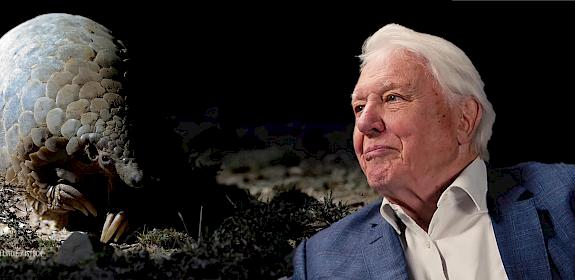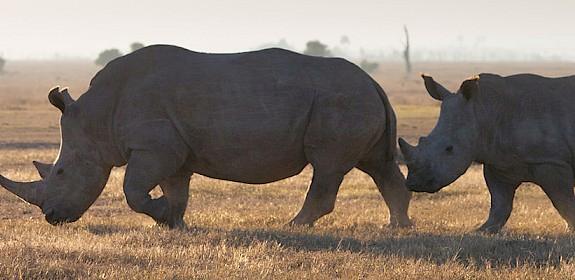CITES trade data confirms shift towards supply from African pangolins
Petaling Jaya, Malaysia, 28th October 2016—A study that scrutinized 38-years’ worth of pangolin trade data reported to the Convention on International Trade in Endangered Species of Wild Fauna and Flora (CITES) has confirmed the widely supported perception of a dramatic switch from Asian to African pangolin species over time.
Researchers from TRAFFIC and the University of Adelaide delved into 1,485 records involving the trade in 809,723 pangolins from 1977 to 2014 and observed an increase in the trade of African pangolins after 2000.
Their findings were presented in Where did all the pangolins go? International CITES trade in pangolin species, published this week in Global Ecology and Conservation 8:241-253.
From 1995, all pangolin species were listed in Appendix II of CITES, which meant legal trade was permitted with appropriate permits. Asian pangolins dominated the trade until 2000 when CITES Parties effectively banned commercial international trade in wild-caught Asian pangolins by setting a zero export quota.
Since 2001, two-thirds of cases involving the trade in whole dead and live pangolins were of African species, according to the new study. Only two incidents of trade in African pangolin scales were recorded before 2010, but 4,500 kg have been reported since, accounting for 79% of the total trade in scales recorded from 2010 onwards. By 2014, there were trade records for all eight African and Asian pangolin species.
Recent concerns over the large number of pangolins seized in illegal trade, both within Asia and between Africa and Asia, and apparent large population declines of most species in the wild, led to government Parties to CITES voting earlier this month to end international commercial trade in all pangolins through listing the eight species in Appendix I of the Convention, a ruling that will come into force early in 2017.
This latest study clearly illustrates the global nature of pangolin trade. The recent listing of all eight species in Appendix I of CITES because of excessive harvesting of wild animals provides the platform for all countries to tackle illegal trade in pangolins
Dr Chris R. Shepherd Regional Director of TRAFFIC in Southeast AsiaIn their analysis, the authors identified the United States of America as the dominant importer of pangolins and their products, measured both in volume as well as frequency, throughout the entire period.
However, from 2001, almost half of the CITES trade in pangolins reported by the US were seizures and the authors have recommended that countries keep reports of illegal trade separate from the legal trade data to avoid confusion.
The paper also highlights trade reports involving captive bred specimens and asserted that these were most likely to be “misleading” given the absence of facilities anywhere in the world known to breed pangolins on a commercial scale.
Although legal trade in Asian species for non-commercial purposes decreased after the zero export quota in 2000, the volume traded remained high: over 17,500 estimated whole Asian pangolins were traded from 2001 to 2014. In addition, the authors found 15 incidents of wild-caught Asian species being traded for commercial purposes after the zero quota was set—when permits should not have been issued.
The authors recommend closer monitoring of all pangolin trade and for greater enforcement measures to be taken, particularly in view of pangolins’ forthcoming greater protection under CITES. They also call for further research into the drivers of pangolin trade and trafficking to guide law enforcement and conservation efforts better.
Notes:
The study was kindly supported under the United States Agency for International Development (USAID) funded Wildlife Trafficking, Response, Assessment and Priority Setting (Wildlife TRAPS) Project.
About Wildlife TRAPS
The USAID-funded Wildlife Trafficking, Response, Assessment and Priority Setting (Wildlife TRAPS) Project is an initiative that is designed to secure a transformation in the level of co-operation between an international community of stakeholders who are impacted by illegal wildlife trade between Africa and Asia. The project is designed to increase understanding of the true character and scale of the response required, to set priorities, identify intervention points, and test non-traditional approaches with project partners.
About USAID

The United States Agency for International Development (USAID) is responsible for the majority of overseas development assistance from the United States Government and works to end extreme poverty and promote resilient, democratic societies while advancing security and prosperity for America and the world




